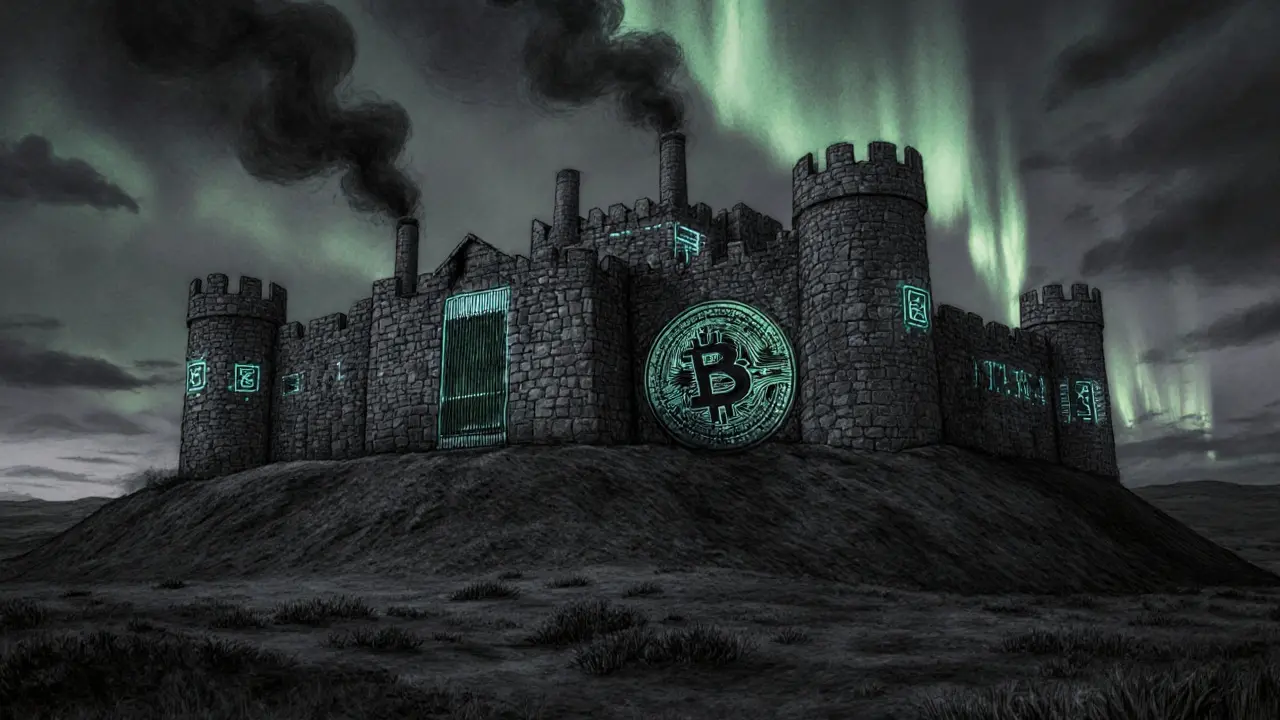In 2025, Proof of Work is no longer the mainstream consensus method-but it’s still the bedrock of Bitcoin’s $1.2 trillion security model. Here’s why it survives, who still uses it, and where it’s headed.
Blockchain Consensus: How Networks Agree on Truth Without Central Control
When you send Bitcoin or swap tokens on Uniswap, no single company approves it. Instead, blockchain consensus, the system that lets thousands of computers agree on who owns what without a central authority. Also known as distributed consensus, it’s the invisible rulebook that stops fraud, doubles as security, and keeps crypto alive. Without it, every transaction would be a free-for-all. You’d have no way to know if someone spent the same coin twice—or if a token’s supply was secretly inflated. That’s why consensus isn’t just technical jargon. It’s the foundation of trust in crypto.
There are two main ways networks reach agreement: proof of work, the original method used by Bitcoin, where miners compete to solve hard math puzzles using electricity-heavy hardware, and proof of stake, the newer, greener approach where validators lock up their own coins to verify transactions and earn rewards. Proof of work is like a digital gold rush—it’s slow, expensive, and energy-heavy, but proven over 15 years. Proof of stake is more like a voting system: the more coins you hold, the more say you get. Ethereum switched to it in 2022, and now most new chains follow suit. But neither is perfect. Proof of work drains power; proof of stake can favor the rich. Some chains mix both, or invent their own variations, but most fail because they don’t get the balance right.
What you’ll find in these posts isn’t theory. It’s real-world proof that consensus matters. Take blockchain consensus and its role in scams. Many fake tokens—like Dynamic Trust Network or HarryPotterTrumpSonic100Inu—don’t even have a real network. They pretend to be decentralized but rely on a single wallet to control supply. That’s not consensus. That’s fraud. Meanwhile, projects like GPUnet and Anzen Finance use real consensus mechanisms to back their tokens with actual utility: GPU power and private credit loans. Even airdrops like Midnight (NIGHT) or SAND rely on blockchain consensus to verify who’s eligible. If the network can’t agree on who held what on June 11, 2025, the airdrop collapses. And when exchanges like Bitroom or Dexfin claim to be decentralized but hide their code? They’re bypassing consensus entirely. That’s why they vanish.
Whether you’re checking a new airdrop, comparing exchanges, or wondering why your token dropped to zero, the answer often starts with consensus. Not every chain is built to last. But the ones that do? They’ve got the rules right. Below, you’ll see exactly how that plays out—in failed tokens, hidden scams, and rare wins that actually work.

